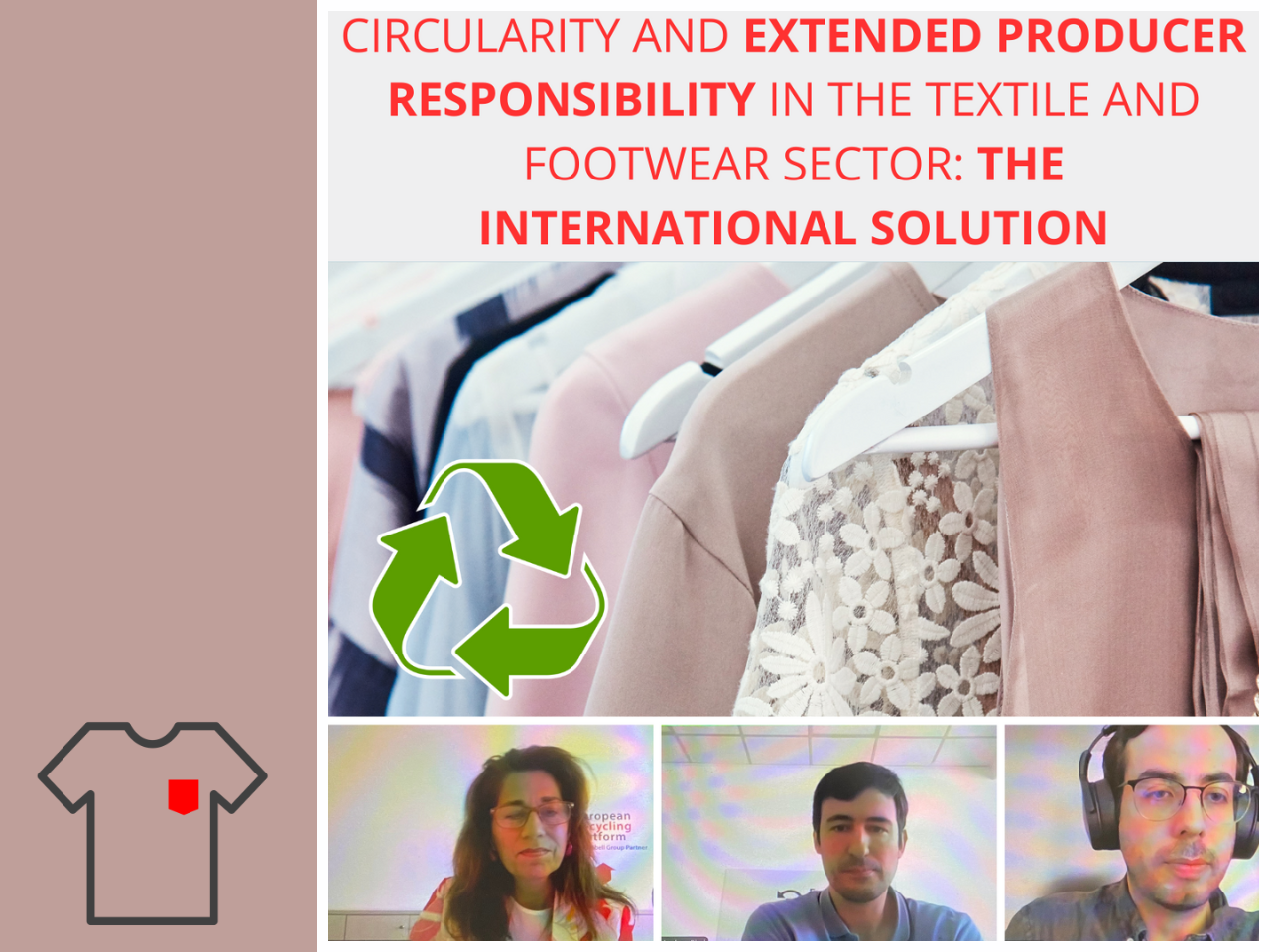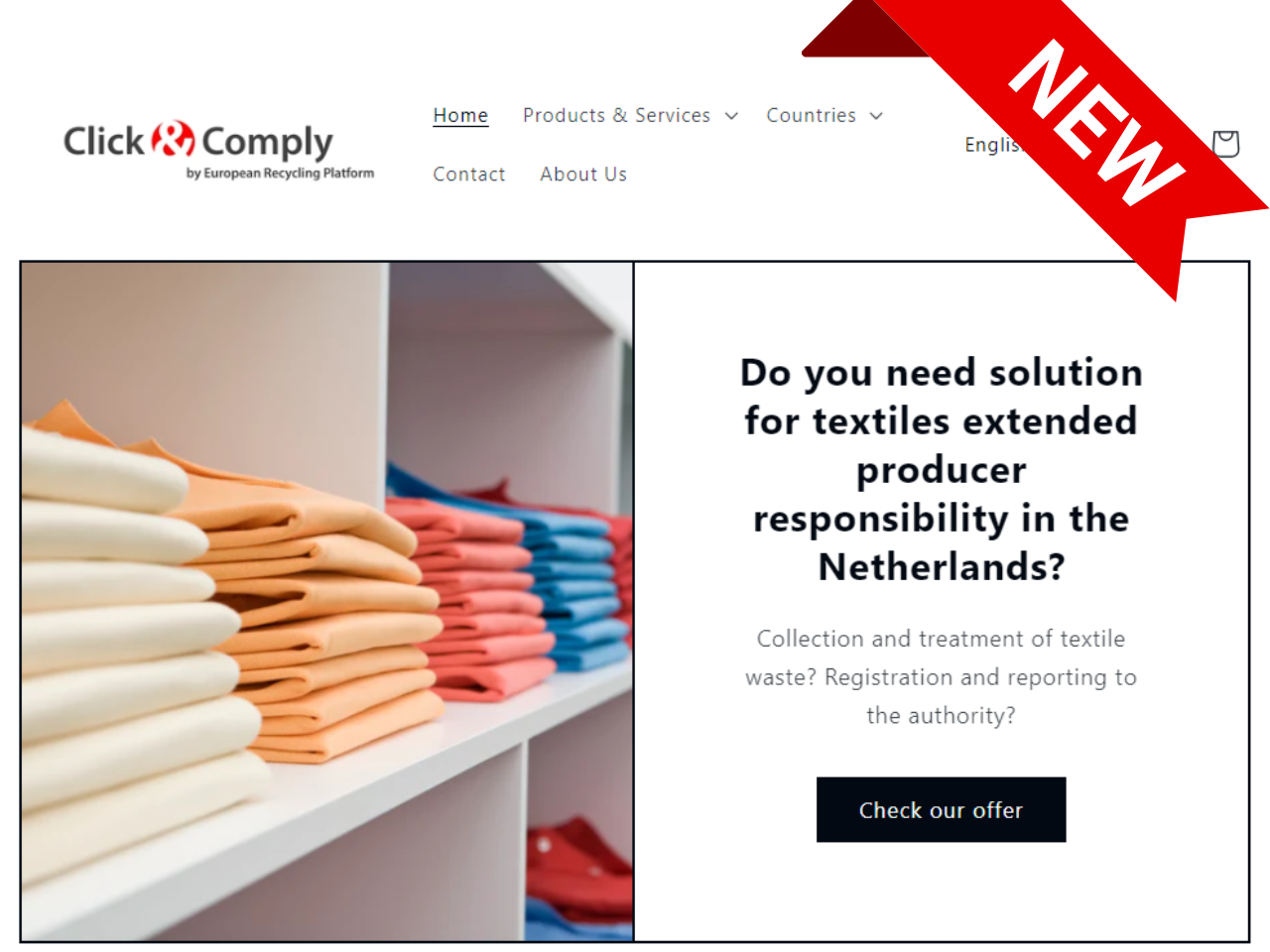What’s happening with regard to chemical regulations internationally? Here are some updates we’ve prepared for you for October 2022.
Nine new substances proposed to be identified as of very high concern
The European Chemicals Agency (ECHA) is consulting on nine proposals to identify substances of very high concern (SHVC) due to their serious effects on human health and the environment.
If a substance is identified as an SVHC, it will be added to the Candidate List for eventual inclusion in the REACH Authorisation List. Once on the Candidate list, the substances will need to be notified to ECHA if present in the products above 0.1% weight-by-weight concentration.
The substances and examples of their uses are:
4,4′-sulphonyldiphenol (bisphenol S; BPS) (EC 201-250-5, CAS 80-09-1). Used for the manufacture of pulp, paper and paper products, textile, leather or fur, and chemicals.
Perfluoroheptanoic acid and its salts. The substances are not registered under REACH.
Melamine (EC 203-615-4, CAS 108-78-1). Used in polymers and resins, coating products, adhesives and sealants, leather treatment products, and laboratory chemicals.
Isobutyl 4-hydroxybenzoate (EC 224-208-8, CAS 4247-02-3). Used in the manufacture of substances and in coating products, fillers, putties, plasters, modelling clay, and inks and toners.
Bis(2-ethylhexyl) tetrabromophthalate covering any of the individual isomers and/or combinations thereof. Used as a flame retardant and as a plasticiser for flexible polyvinylchloride and for use in wire and cable insulation, film and sheeting, carpet backing, coated fabrics, wall coverings and adhesives.
Barium diboron tetraoxide (EC 237-222-4, CAS 13701-59-2). Used in paints and coatings.
Reaction mass of 2,2,3,3,5,5,6,6-octafluoro-4-(1,1,1,2,3,3,3-heptafluoropropan-2-yl)morpholine and 2,2,3,3,5,5,6,6-octafluoro-4-(heptafluoropropyl)morpholine (FC-770) (EC 473-390-7, CAS -). Used in articles, by professional workers (widespread uses), in formulation or re-packing, at industrial sites and in manufacturing.
2,2′,6,6′-tetrabromo-4,4′-isopropylidenediphenol (tetrabromobisphenol-A; TBBPA) (EC 201-236-9, CAS 79-94-7). Used as a reactive flame retardant and as an additive flame retardant in the manufacture of polymer resins, in products such as epoxy coated circuit boards, printed circuit boards, paper and textiles.
1,1′-[ethane-1,2-diylbisoxy]bis[2,4,6-tribromobenzene] (EC 253-692-3, CAS 37853-59-1). The substance is not registered under REACH.
Consultations are running until 17 October 2022. More information is available here.
Microplastics restriction – draft proposal presented by the European Commission
A draft proposal to restrict intentionally added microplastics was submitted for discussion at the REACH Committee meeting on 23 September. The draft describes the scope of the restriction, increases the size of particles covered compared to the original proposal, and allows a transition period of up to 12 years for certain products.
The proposed restriction is the first group restriction of its kind and potentially targets a broad range of products, including:
- cosmetic lip and nail products, rinse-off and leave-on cosmetic products
- certain fertilisers, plant protection products, products for agricultural and horticultural uses
- detergents, waxes, polishes and air care products
- encapsulation of fragrances
- granular infill for use on synthetic sports surfaces, and
- medical devices
You can read the full text of the Draft restriction proposal on synthetic polymer microparticles here.
In the same meeting, the members of the REACH Committee were also set to discuss the Draft Commission Regulation with regards to restricting lead in PVC.
Sign up for our monthly
report COMPASS here:
Your email











